HISTORY
In the late 1960s, Mathews Aircraft recognized the growing demand for a long-range cargo aircraft capable of efficiently transporting large volumes of goods across continents. The result of this foresight was the C-10 Goober, a four-engine turbofan aircraft designed to meet the needs of the burgeoning global trade industry. Introduced in 1970, the C-10 Goober was positioned as a versatile and reliable workhorse for civil cargo transport, offering high payload capacity and exceptional range.
The C-10 Goober quickly gained popularity among major logistics companies and cargo airlines due to its ability to handle long-haul flights with minimal refueling stops. This capability made it ideal for intercontinental routes, where efficiency and reliability were paramount. Over the decades, the C-10 Goober established itself as a critical asset in the global supply chain, transporting goods ranging from industrial machinery to perishable commodities.
Description
The Mathews Aircraft C-10 Goober is a four-engine, long-range civil cargo aircraft designed for the efficient transport of large payloads over great distances. The aircraft is powered by four Mathews TF-3000 turbofan engines, which provide the necessary thrust to lift heavy loads while maintaining fuel efficiency. These engines are known for their reliability and durability, ensuring that the C-10 Goober can perform consistently over long operational lifespans.
The C-10 Goober features a high-wing design, which enhances aerodynamic efficiency and stability during flight. The high wing configuration also allows for a spacious and unobstructed cargo hold, maximizing the aircraft's payload capacity. The cargo bay is accessible via a large rear ramp, which facilitates the loading and unloading of goods, including oversized and heavy items. The aircraft's design also includes reinforced landing gear, enabling it to operate from a variety of airfields, including those with less developed infrastructure.
With its long-range capabilities, the C-10 Goober is equipped to handle extended flights without the need for frequent refueling. This makes it particularly valuable for routes that span continents, allowing cargo operators to streamline their operations and reduce costs. The aircraft's range and payload capacity also make it suitable for a wide range of cargo types, from bulk shipments to specialized freight.
Inside the cockpit, the C-10 Goober is outfitted with advanced avionics for its time, including a mix of analog and early digital systems. The layout is designed for efficiency, enabling the flight crew to manage the aircraft's systems with ease. The C-10 typically operates with a crew of three, including the pilot, co-pilot, and flight engineer, who work together to ensure safe and effective operations.
Since its introduction in 1970, the C-10 Goober has been a mainstay of civil cargo fleets around the world. Its blend of reliability, range, and capacity has made it a trusted choice for logistics companies and cargo carriers alike. The aircraft has been particularly valuable in supporting global trade, enabling the efficient movement of goods across vast distances. The C-10 Goober remains an iconic example of Mathews Aircraft's commitment to innovation and excellence in civil aviation.
In summary, the Mathews Aircraft C-10 Goober is a four-engine, long-range civil cargo aircraft introduced in 1970. Powered by reliable turbofan engines, it offers exceptional range and payload capacity, making it a cornerstone of global cargo transport. With its efficient design and versatile capabilities, the C-10 Goober continues to play a vital role in the world of logistics and aviation.
Loadout
5x BMW M5 2025(2.445kg each)
Specifications
Spotlights
- ChihiroFujisaki 1.3 years ago
General Characteristics
- Created On Android
- Wingspan 173.6ft (52.9m)
- Length 154.2ft (47.0m)
- Height 48.7ft (14.8m)
- Empty Weight 67,454lbs (30,596kg)
- Loaded Weight 141,188lbs (64,041kg)
Performance
- Power/Weight Ratio 1.91
- Wing Loading 39.3lbs/ft2 (191.9kg/m2)
- Wing Area 3,592.1ft2 (333.7m2)
- Drag Points 45870
Parts
- Number of Parts 243
- Control Surfaces 7
- Performance Cost 888

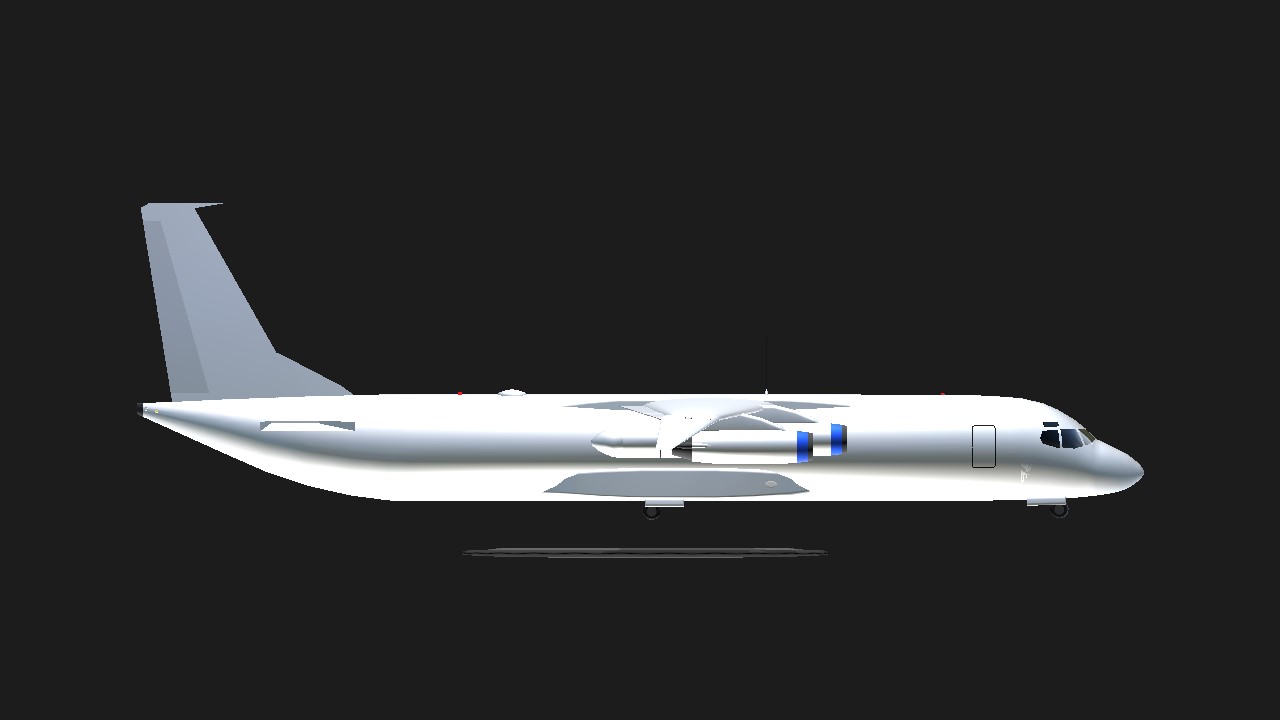
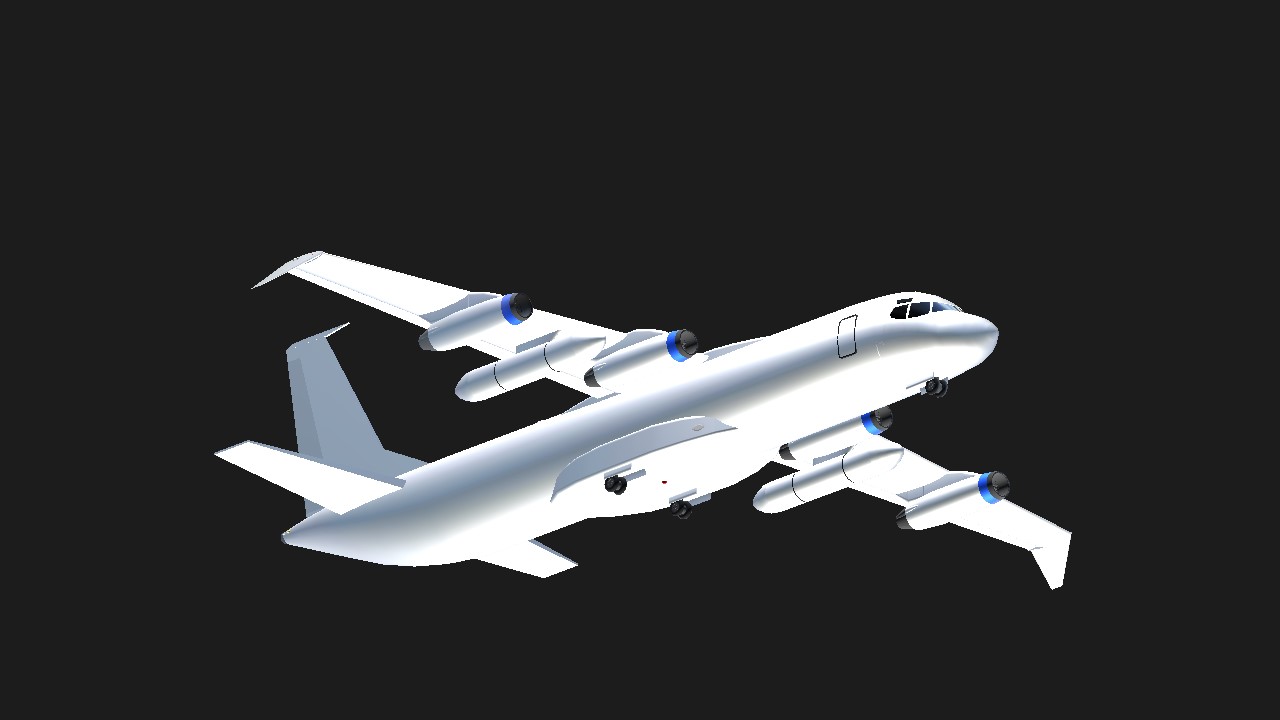
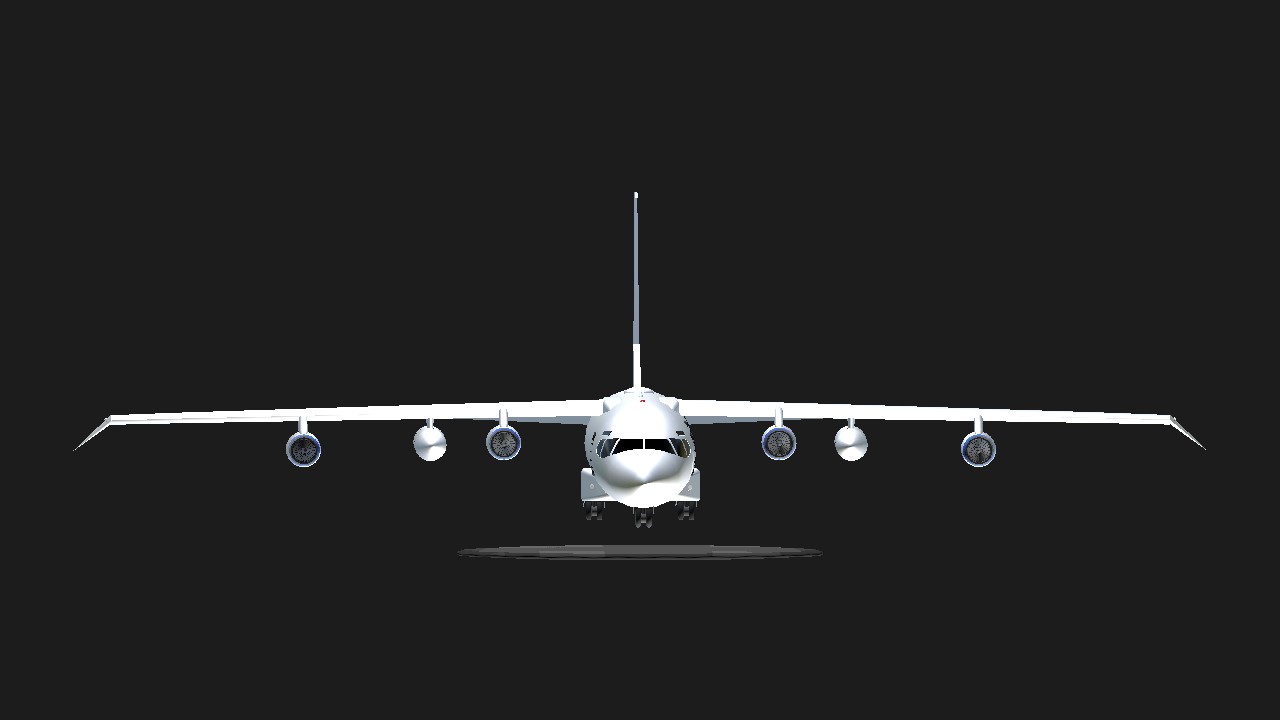
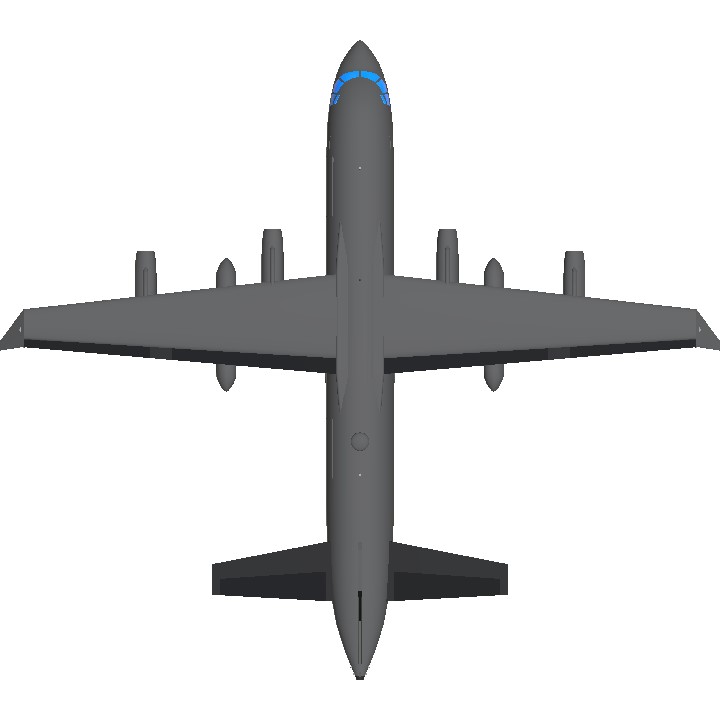
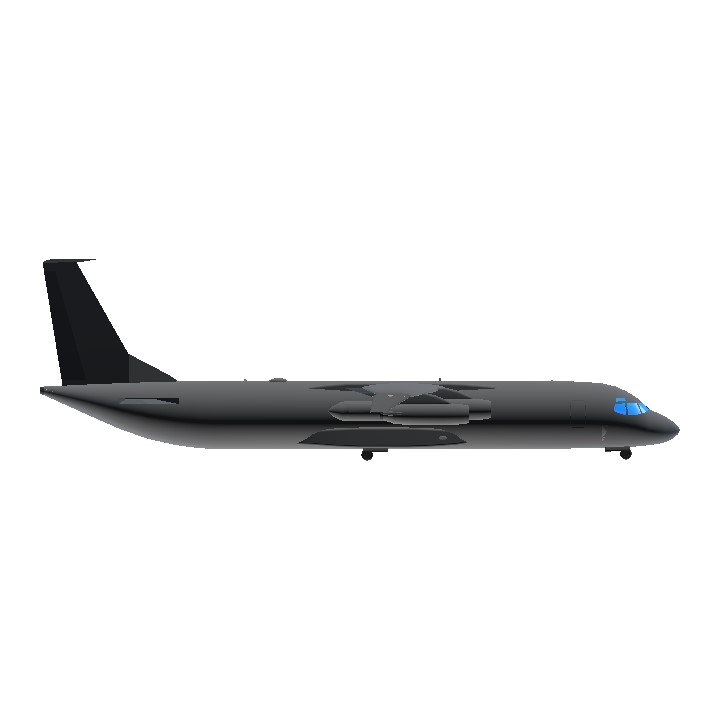
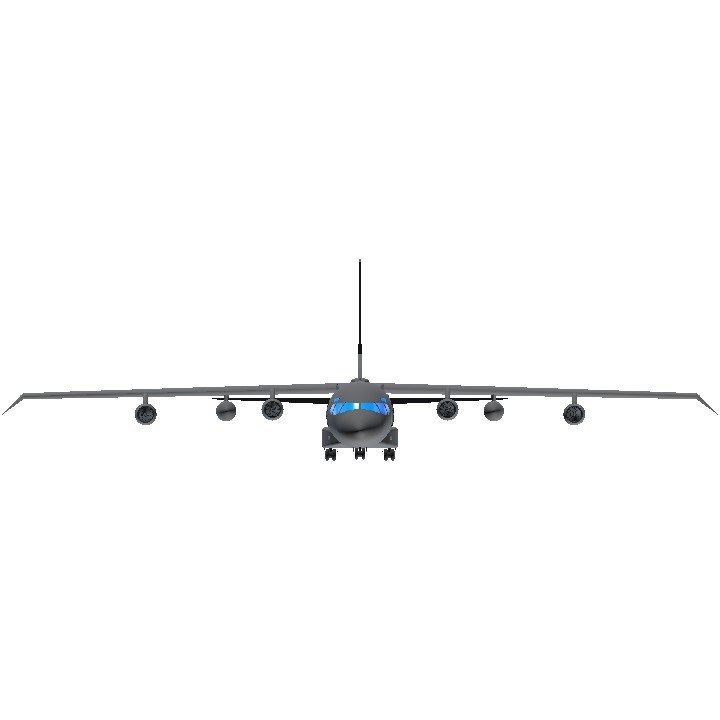
Kurgo plene